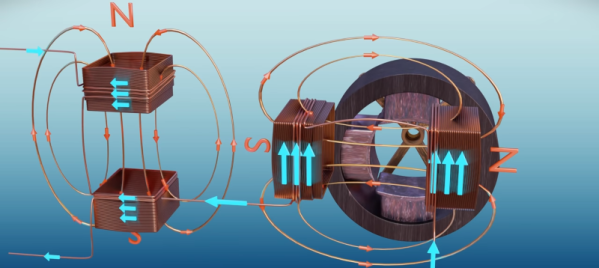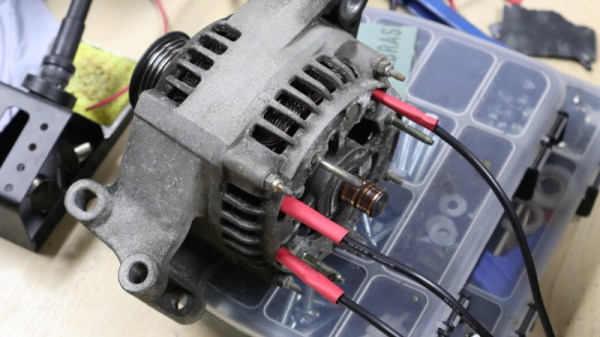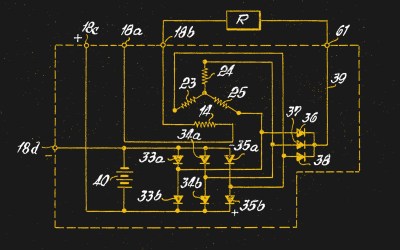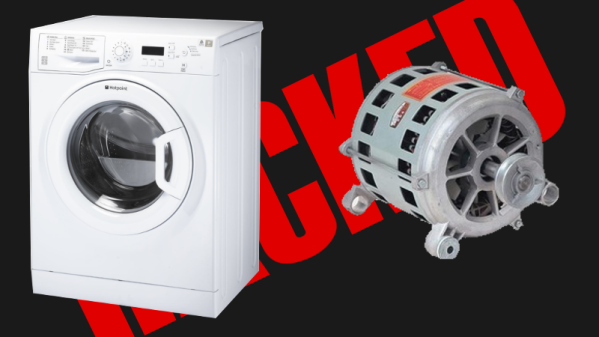Somewhere in most engineering educations, there’s a class on induction motors. Students learn about shaded-pole motors, two-phase and three-phase motors, squirrel cage motors, and DC-excited motors. It’s a pre-requisite for then learning about motor controllers and so-called brushless DC motors. [Jim Pytel] takes this a step further in a series of videos, in which he introduces the doubly fed induction motor. If a conventional three-phase motor can have its coils in either rotor or stator, here’s a motor with both. The special tricks with this motor come in feeding both rotor and stator with separate frequencies, at which point their interactions have useful effects on the motor speed.
There are two videos, both of which we’ve put below the break. Understanding the complex interaction of the two sets of magnetic fields is enough to make anyone’s brain hurt, but the interesting part for us is that the motor can run faster than either of the two drive frequencies.
Sadly we’re not aware of any easily available motors using this configuration, so we don’t think it will be possible to easily experiment. But if you want to amaze your friends with an in-depth knowledge of motors, take a look at the videos below.
Continue reading “Double Fed Induction Motors: Clever Motor Control Through Frequency”

















